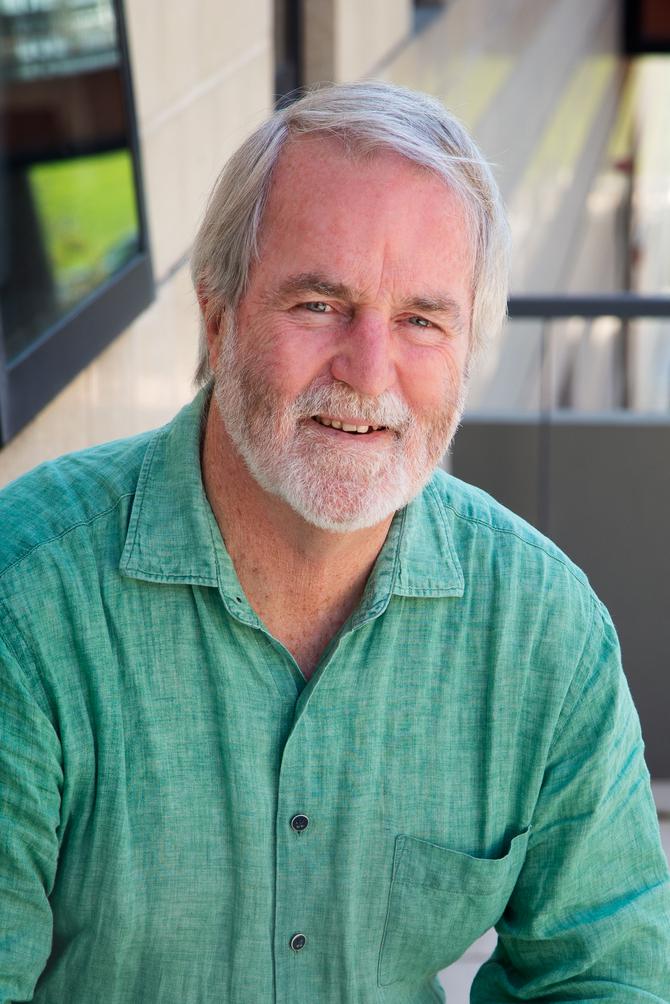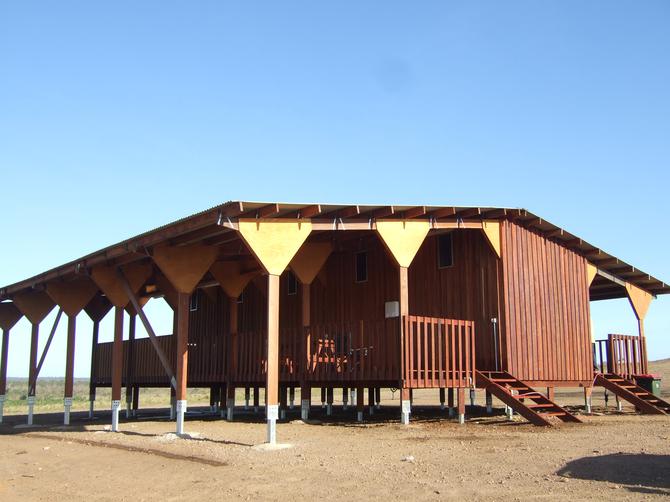The word “sustainability” is appearing more and more frequently in architecture briefs these days, as clients become increasingly aware of the importance of environmentally sensitive sustainable design.
This push for more sustainable and low-carbon building solutions and materials has led to an increased demand for using timber in construction and design, and a corresponding need for more engineers and architects skilled in this area.
To meet this need, the University of Tasmania has introduced a new Timber Design specialisation to its Master of Professional Engineering course, which is expected to lead to many employment opportunities for its graduates.
Timber Design Studio managing director Dayne Davis said the design and global construction industry was crying out for more engineers with experience in wood, as global attentions turned to an increasing reliance on renewable and sustainable materials.
“This specialisation will give students the opportunity to be at the forefront of a new wave of construction,” he said. “Knowledge of timber construction is virtually becoming mandatory now, given the carbon-conscious market and investors.”

Professor Gregory Nolan, director of the Centre for Sustainable Architecture with Wood at the University of Tasmania’s School of Architecture and Design
Professor Gregory Nolan, director of the Centre for Sustainable Architecture with Wood at the University of Tasmania’s School of Architecture and Design, said this new specialisation was unique in Australia.
No other Australian course provides its students with the specialist knowledge and skills required to develop effective timber-rich building solutions or to produce the material required for these solutions,” he said. “This course covers the design and functional aspects as well as the timber production and manufacturing side.”
The main market for timber in construction has traditionally been framed construction for domestic and low-rise building. But Gregory said that was changing as clients increasingly demanded more sustainable and low-carbon construction methods.
We are increasingly seeing the adoption of large-scale mass timber buildings. These are 5-8 story office buildings where the entire structural system is wood, not concrete or steel.

Workers' accommodation built from locally milled timber by the Gumatj community in Eastern Arnhem Land.
“Using timber in building construction – either structurally or architecturally – is a form of carbon sequestration,” Dayne said. “Trees lock up carbon as they grow and once harvested that carbon remains stored in the timber for as long as it is part of that structure.
“And as long as harvested timber is constantly replanted, it remains a continuous cycle of capture and storage, and the resource is continuously renewed.”
And it is important for the building and construction industry to play its part in reducing emissions. According to Gregory, up to 15-20% of Australia’s greenhouse emissions are generated by manufacturing building materials and using them in construction.
Once operating those buildings is factored in, the built environment may account for as much as 35-40% of Australia’s greenhouse emissions.
If Australia is to reach carbon neutral status by 2050, then we need to move away from using high-carbon materials in building and replace them with renewable, low-carbon ones, such as wood.
"In the future, a significant proportion of all our buildings will need to be wood buildings,” Dayne said.
“And as major architectural and engineering firms increasingly look to move into this area, we will see renewable, sustainable construction methods move more and more into the mainstream.”
Learn more about the Master of Professional Engineering (Timber Design) course here.


